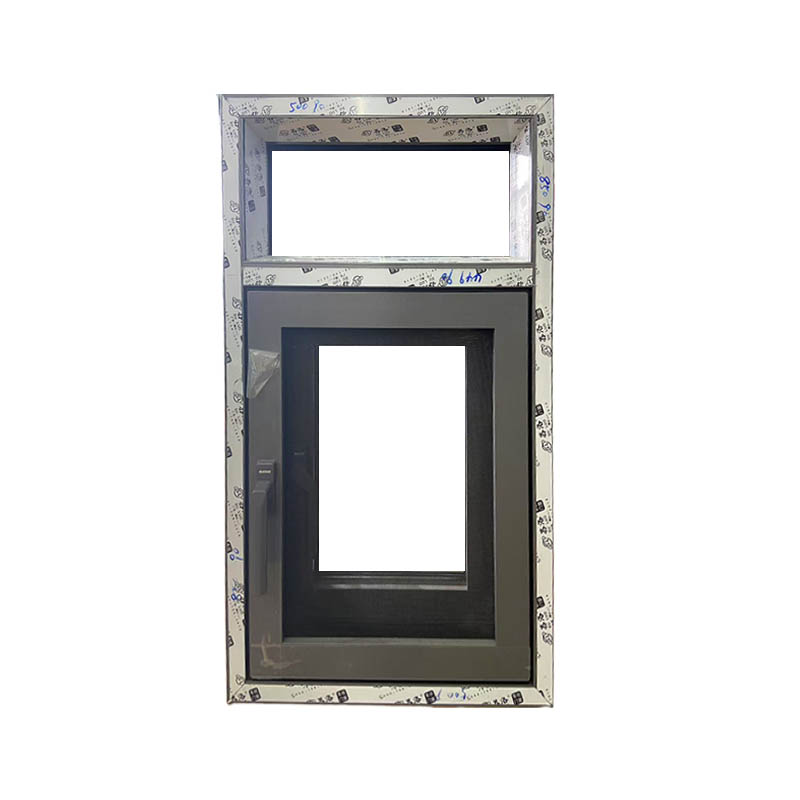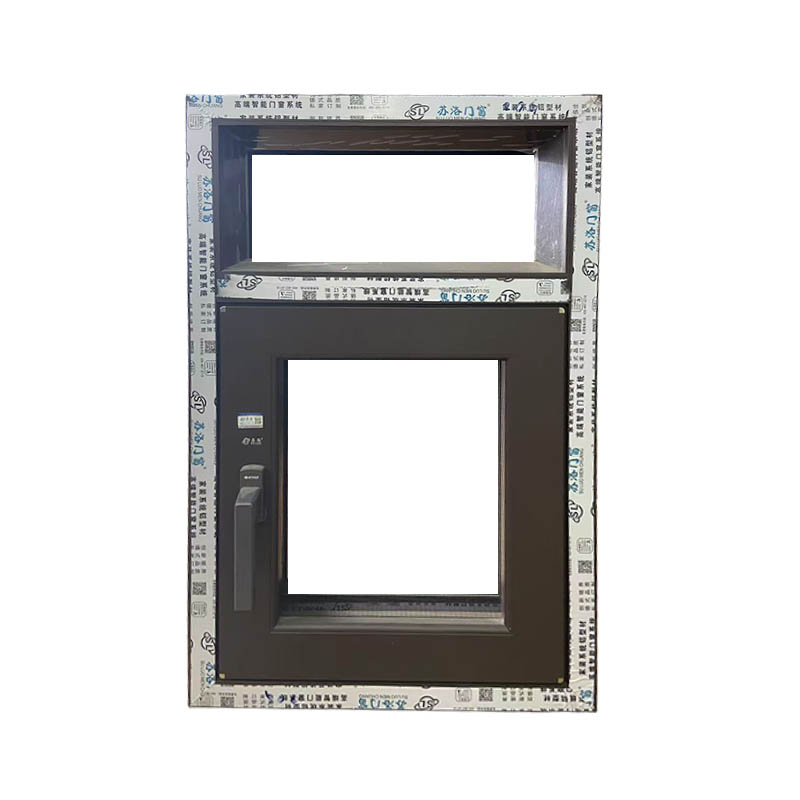How can the flexibility of opening a broken bridge aluminum alloy sliding window be guaranteed?
Release Time : 2025-11-13
The smoothness of opening a broken bridge aluminum alloy sliding window directly impacts the user experience and long-term performance. Ensuring this requires comprehensive optimization across multiple dimensions, including material selection, structural design, processing technology, installation and commissioning, and daily maintenance, to guarantee that the window sash remains smooth, quiet, and without jamming during operation.
Material selection is fundamental. The profiles of broken bridge aluminum alloy sliding windows must be made of high-purity virgin aluminum, whose strength and toughness surpass that of recycled aluminum, effectively preventing deformation that could hinder opening and closing. Simultaneously, the profile surface must undergo anodizing or electrophoretic coating treatment to form a dense oxide film or uniform coating, enhancing corrosion resistance and reducing the coefficient of friction. As a core component, the pulleys should be made of nylon or high-polymer composite materials, whose self-lubricating properties reduce friction with the track and offer superior wear resistance compared to ordinary plastics, making them less prone to aging and cracking over long-term use.
Structural design must balance mechanical equilibrium and freedom of movement. The weight distribution of the window sash must be uniform to avoid uneven stress on the pulleys caused by localized excessive weight. The track design should employ a double- or triple-track structure to increase support points while reducing pressure at single points, preventing window sash sagging. Furthermore, the track surface requires precision polishing to eliminate burrs or unevenness, ensuring a smooth, bump-free rolling motion. Controlling the gap between the window sash and frame is also crucial; excessive gaps lead to reduced sealing, while insufficient gaps may cause friction and jamming. Optimal balance must be found through adjustment.
The precision of the manufacturing process directly affects assembly quality. High-precision CNC equipment must be used for profile cutting to ensure smooth, burr-free cuts, preventing pushing and pulling resistance during assembly due to mismatched interfaces. Corner assembly should employ either mechanical or sealant-filled corner assembly. Mechanical assembly uses specialized corner brackets to achieve a tight connection with the corner assembly machine, while sealant fills the gaps. Both methods enhance window rigidity, preventing deformation that could affect opening after long-term use. During pulley installation, ensure they are perpendicular to the track, and tighten the fixing screws to a moderate torque, avoiding overtightening that causes sluggish pulley rotation or undertightening that causes wobbling.
Installation and adjustment are key to ensuring flexibility. Before installation, check that the opening dimensions meet the design requirements; excessive deviation may lead to uneven stress on the window frame. During installation, use a level and plumb line to adjust the window frame position, ensuring it is parallel and perpendicular to the wall to prevent tilting and deviation of the sliding track. Pulley adjustment should be done in stages: after initial installation, manually push and pull the window sash to feel the resistance and adjust the pulley height; after completing the installation of the sealing strip, adjust again to eliminate the impact of strip compression on flexibility; before final acceptance, conduct multiple push-pull tests to ensure the window sash moves smoothly without jamming, abnormal noise, or jumping.
The selection and installation of the sealing strip must consider both elasticity and resilience. EPDM rubber strips are the first choice for broken bridge aluminum alloy sliding windows due to their excellent weather resistance and elastic recovery rate. The strip cross-section design should match the window sash profile; too thick a strip will increase pushing and pulling resistance, while too thin a strip will affect sealing performance. During installation, special adhesive or clips must be used for fixation to prevent the rubber strip from falling off or shifting. Appropriate compression should be allowed to ensure the rubber strip fully fills the gap when the window sash is closed, without causing difficulty in opening due to excessive compression.
Routine maintenance is essential for maintaining smooth operation in the long term. Regularly clean dust, sand, and other debris from the tracks to prevent them from entering the pulley bearings and causing wear. Lubricate the pulleys every six months using silicone-based grease or a special window track lubricant; avoid using oil-based lubricants that attract dust. Check that the drainage holes at the bottom of the window sash are clear to prevent water from seeping into the tracks and corroding the pulleys. If increased resistance is found when pushing or pulling the window sash, first adjust the pulley height. If the problem persists, check for deformation of the profile or aging of the rubber strip; contact a professional for repair if necessary.
Ensuring the smooth operation of a broken bridge aluminum alloy sliding window is a systematic project that requires attention to detail throughout the entire process, from materials, design, processing, installation to maintenance. By selecting high-quality materials, optimizing structural design, controlling processing precision, standardizing installation and debugging, and strengthening daily maintenance, we can ensure that the window sash remains smooth to slide during long-term use, providing users with a comfortable and durable user experience.







